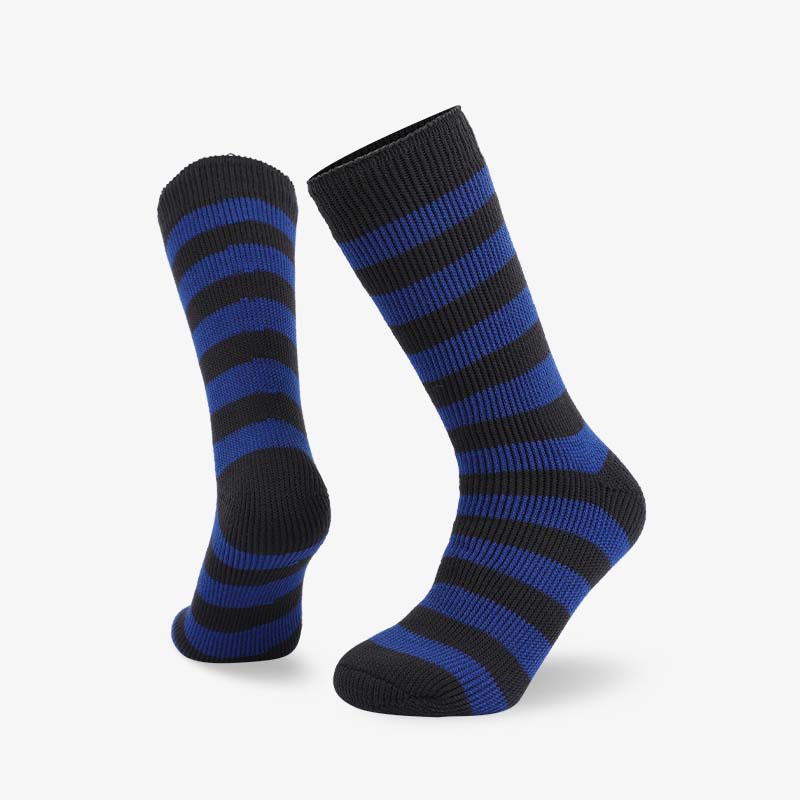

In the current daily life and sports, socks are always […]
In the current daily life and sports, socks are always not given due attention. Socks have always been used as a foil for shoes. People have long believed that shoes are mainly used to protect the feet. However, it should be noted that socks are closely related to the feet. Yes, if the socks are not properly chosen, the shoes will also cause direct damage to the feet.
In outdoor sports, some people think that as long as the socks are thick, wearing at least two pairs of cotton socks can fully protect the feet. Attached to the foot, the friction between the foot and the sock is weakened and converted into the friction between the sock and the shoe. However, in this way, another problem is ignored. After a long walk, the foot will expand by 7%--8%, and the two pairs of socks will be tightly bound on the entire foot, even above the ankle. Parts of the feet are also wrapped, resulting in poor blood circulation in the feet, which can cause some foot diseases. In winter or extremely cold regions, it can cause unnecessary frostbite.
So, what are socks specifically designed for feet? This is to understand the structure of socks:
First of all, there must be a pad, that is, there should be a circle like a towel at the bottom of the socks, so it is also called a loop. The main function of the terry is to increase the elasticity between the shoe and the foot. At the same time, it also fully increases the contact area between the sock material and the air, so that it has better moisture absorption and perspiration. The material also has a lot to do with it. For different intensities of exercise, the height, density, and position of the loops should be different. In high-altitude mountaineering or extremely long-distance walking, there should be loops on the soles and insteps of the feet, and the height and density of the loops are high so that the feet can be raised in a better all-round way. to protection. In mid-to-long-distance walking and low-altitude mountaineering, generally, socks only need to add terry to the bottom of the foot. However, the height and density of the terry are still high requirements. Only in short-distance walking and walking with abundant logistical supplies, such as special tourism and ordinary tourism, the height and density of the terry can be relatively low, but it is absolutely necessary. Even for general physical exercise, socks should still have terry.
Secondly, there must be a ring of elastic fixation on the arch of the socks, so that the socks can fit well on the feet. In the past, this often happened: after walking for a while, all the socks on the feet ran to the front, or the socks were turned sideways, and the soles of the feet ran to the sides of the feet, making the feet very uncomfortable. It is because of the poor adhesion between socks and feet, so adding elastic fixation to the arch of the foot can avoid such things as much as possible. When the soles of people's feet are in contact with the ground, under normal circumstances, the arch of the foot touches the groundless, and when walking, the arch of the foot suffers less friction. At the same time, this is the middle of the entire sole of the foot, and it is appropriate to add a fixation to this part. The elastic fixation cannot be too tight. If it is too tight, it will affect blood circulation, and it should not be too loose. Otherwise, it will not have a fixed effect, and the socks will run on the feet.
In addition, the toes and heels of socks must be thickened, the force of the heel is large, and the toes are relatively weak, so special protection is necessary. The splicing of the toe and the instep of the sock must be flat, and there must be no edges. This place is the position of the toes on the instep. If the seam is edged, it is easy to wear the feet.
